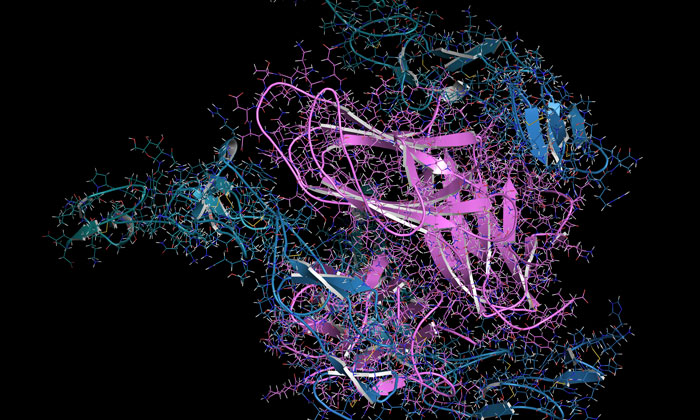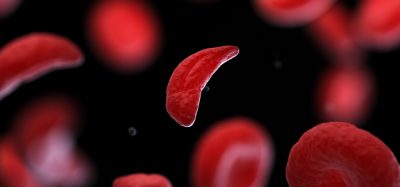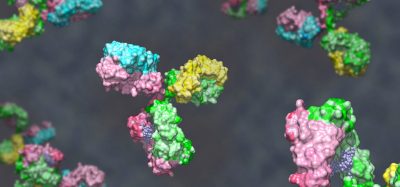Intracellular target validation in cellular systems … using peptides!
Posted: 7 July 2017 | Paul Grant (Venomtech) | No comments yet
Paul Grant from Venomtech suggests that because animal venoms contain proteins and peptides that disrupt cell membrane integrity, they offer a new approach to drug discovery…


Successes in drug discovery over the past two to three decades mean that efforts today must focus on developing new treatments for complex, rare or difficult-to-treat diseases, or on improving existing treatments that have already proven effective. This in turn gives rise to new challenges, or re-presents old challenges that have been sidestepped due to, eg, a lack of appropriate chemical tools.
Animal venoms offer a new approach. They are a complex mixture of peptides, small molecules (and proteins) that, in many cases bind to multiple sites on the same target to dramatically alter its activity. In doing so they present us with a natural mixture of chemical tools that has already been fine tuned to hit important molecular targets. Some of our early data suggests that it should be possible to use venoms as tools to validate oncology-relevant intracellular molecular targets such as bromodomains, histone lysine demethylases and S100 proteins. We have demonstrated selective binding and inhibition of these targets and our next step is to face up to the challenge, hitting these targets specifically and selectively in a disease-relevant cellular system.
Many venoms contain proteins and peptides that function to disrupt cell membrane integrity and thereby expose molecular targets to venom components. This is obviously not good for testing in cellular systems! However, it is also well established that cell-membrane penetrating peptides that do not disrupt the cell membrane are also present in a variety of venoms, leading to the supposition that intracellular molecular are not out of bounds for a venom based approach.
Developing tools that mimic nature by hitting a single molecular target with multiple ligands will present challenges in data deconvolution. However, evolution has shown us that this approach may well be advantageous, especially when thinking of avoiding drug resistance, for example.
Related topics
Molecular Targets, Target Validation
Related organisations
Venomtech
Related people
Paul Grant







